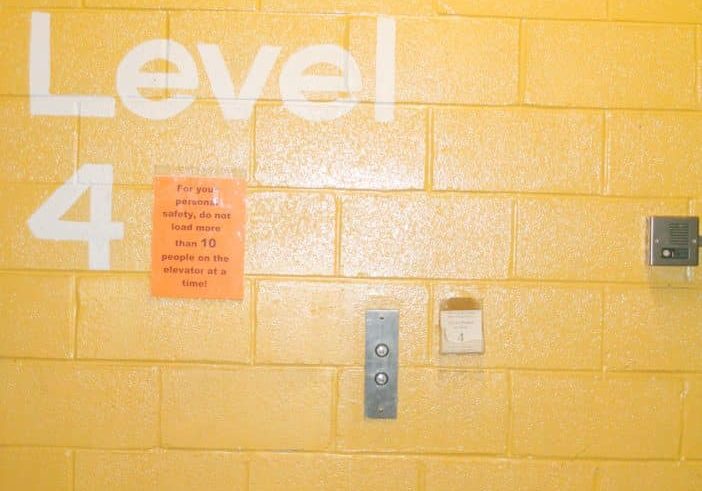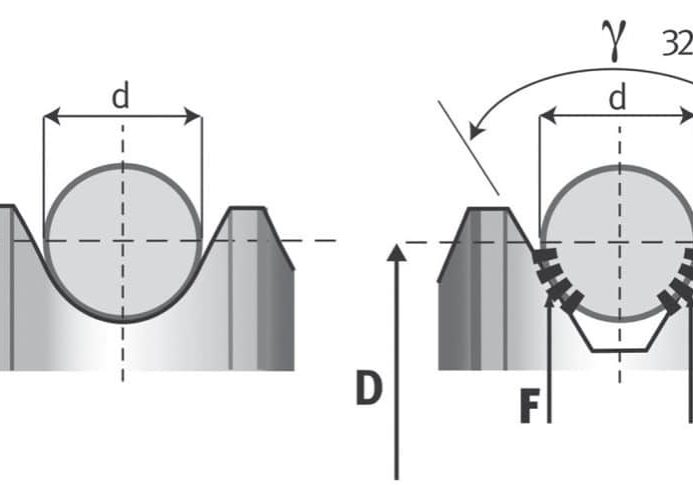A comparative study on Chinese and American elevator codes and standards
Research Background
As society has developed, elevators have become more and more important in people’s lives. The presence of elevators brings many conveniences to users, though poorly maintained units may be threats to safety. Many countries establish elevator safety rules and standards by which to govern elevator use, design, manufacture, installation, repair and maintenance. Europe and, especially, America have the most advanced elevator rules and standards in the world. America has a very long history of improving elevator rules and standards, which are rigorous in detail and comprehensiveness. Furthermore, U.S. codes are more practical for implementation.
The Chinese government places a high value on elevator safety and makes great efforts to develop relevant rules and standards. In contrast with more-advanced countries, there are many defects in establishing safety regulations and standards in China. For example, there are conflicts between standards and rules, the coverage of them is not perfect, some standards are not compatible with each other, and the standards are behind new technology. All of these restrict the development of China’s elevator technology, regulations and standards.
Arrangements for Implementation
In 2009, the General Administration of Quality Supervision, Inspection and Quarantine of the People’s Republic of China (GA) set up a team of Chinese experts to translate American elevator rules and standards into Chinese. The administration attached great importance to the project, which was intended to ascertain the differences and gaps between Chinese and American elevator rules and standards, and raise the level of elevator safety supervision and manufacturers’ ability for competition in the market.
The China Special Equipment Inspection and Research Institute also organized a team of specialists to research American elevator rules and standards. The team was made up of two groups, the rules and standards groups, the latter of which was composed of eight subgroups. These subgroups separately researched ASME A17.1, A17.2, A17.3, A17.4, A17.5, A17.6, A17.7 and QEI-1 in detail. More than 60 Chinese elevator specialists from elevator manufacturers and inspection institutes throughout the nation attended the activities and undertook their comparative study. Elevator rules for 44 states were translated by 23 experts, and the above safety codes were also translated by almost 60 specialists.
Although the task was heavy, and time was pressing, researchers overcame these difficulties and were committed to the mission. After three years, the research project was approved with the help of the American Society of Mechanical Engineers (ASME) in June 2013 and praised as a result of hard effort. After that, an academic exchange comparing the China/U.S. rules and standards was held successfully on October 22, 2013, in Suzhou, China. Almost 100 people attended the exchange, hosted by the Special Equipment Safety Supervision Inspection Institute of Jiangsu Province, Suzhou Branch. These included Zhang Hongwei, the director of the elevator and crane division from the GA, and Zhang Qiang, ASME representative in China. Participants learned much from it and thought it had profound meaning.
In America, different AHJs have different elevator regulations and supervision departments. Each AHJ makes its laws and rules according to situational experience and research. The regulations are rich in elevator-safety stipulations. China, by contrast, has only the lone GA serving as its elevator supervision department, and its elevator regulations and standards are applied to the whole country. China’s Special Equipment Safety Law was passed in June 2013 and implemented on January 1. This marks the first law to include regulations for elevators in the country.
China’s Special Equipment Safety Law was passed in June 2013 and implemented on January 1. This marks the first law to include regulations for elevators in the country.
Elevator-related organizations in America always think much of safety. For more than 125 years, ASME has successfully attracted volunteer technical experts to develop, maintain and disseminate codes and standards. In 1921, the first edition of ASME’s American Standard Safety Code for Elevators, Dumbwaiters, and Escalators was published in a small pamphlet. The latest version of A17.1, in conjunction with the Canadian Standards Authority B44, addresses elevators, escalators, dumbwaiters, moving walks and material lifts. It provides requirements applying to the design, construction, installation, operation, testing, inspection, maintenance, alteration and repair of these conveyances. What has impressed Chinese experts most about ASME’s codes is that they are comprehensive, rigorous and easy to implement. Much difference exists between the two nation’s standards.
Research Results
China is propelling elevator-inspection reform, transforming elevator supervision and deepening permission reform. In the background of these conditions, the research team supplies a great deal of information about American elevator security administration, requirements, inspections, tests and other useful aspects, making it an effective supporter of reform.
China is propelling elevator-inspection reform, transforming elevator supervision and deepening permission reform.
It is apparent that it is helpful to revise China’s elevator codes because of their advancement. Chinese rules and standards makers can also learn methods of equivalent safety appraisals from A17.7. Elevator inspectors can find great illumination in inspection modes. Elevator manufacturers can make use of the chance to understand differences between Chinese and American elevator safety requirements. This is especially true of advanced technology, which will help manufacturers enter markets where A17 standards are popular. American elevator technology can also be applied to other areas, such as production. The study’s results can be used to effect remarkable social and economic benefits.
Get more of Elevator World. Sign up for our free e-newsletter.









